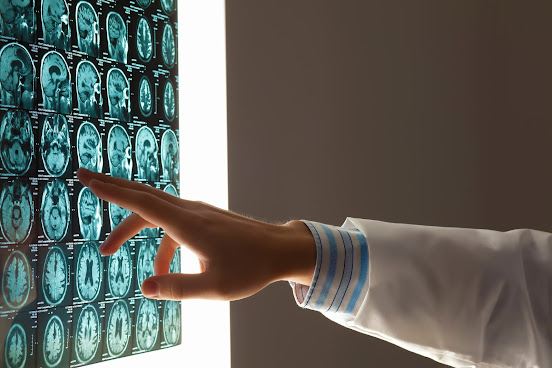Breast cancer: What you should know?
Everyone contains at least a small amount of breast tissue composed of connective and fatty tissues. In women, it consists of specialized milk producing glands (lobules) which are further connected to nipples by a series of small channels (ducts). Any abnormal growth within breast tissues can lead to breast cancer.
What is Breast cancer?
Breast cancer occurs when any of the cells of breast tissues grow uncontrollably creating a mass of cells and formation of tumor. This cancer is the 2nd most common gynaecological cancer after skin cancer and 2nd leading cause of death after lung cancer among women, according to NCI (National cancer institute) data. It may also occur in 1% of men.
It originates in the breast or can invade nearby lymph vessels and other parts of the breast. This cancer spreads to other surrounding tissues such as skin or chest wall and other parts of the body through the bloodstream (metastatic breast cancer) in some cases.
Causes and risk factors
The exact cause behind this cancer is not known yet. However women with older age, family history of breast cancer, unhealthy lifestyle, exposure to radiation, use of hormone therapy during menopause, increased body weight, high breast density and breast implants at increased risk of breast cancer.
Signs and Symptoms
Early breast cancer may not present any symptoms. In many cases, a small lump or tumor may be felt, which is often confirmed by mammography. Other symptoms which may indicate breast cancer are:
- Lump or mass of cells in the breast or armpit
- Thickening of breast tissue and puckering on the breast
- Pain, redness and inflammation of breast
- Changes in nipples such as nipple turning inwards or moving to one direction
- Scaliness and discharge from nipples
- Ulcer on nipple or breast which may extend towards areola
- Changes in skin such as skin turning pale or yellow
These symptoms may vary from person to person and according to the type of breast cancer. However, these symptoms do not always indicate cancer, and can also occur due to the presence of any benign cyst in the breast or other breast conditions.
Diagnosis and Treatment
Still you feel a lump in your breast, you should see your doctor for further diagnostic tests including clinical breast exams, a mammogram and another imaging test and at the end a breast biopsy. If your tests find breast cancer, your doctor will develop a treatment plan to reduce the symptoms, to get rid of cancer and also for reducing the chances of recurrence.
Several treatment options are available to treat breast cancer such as surgery (lumpectomy or mastectomy), use of radiation, chemotherapy, targeted therapy and immunotherapy. The type of treatment offered is solely dependent on the stage of cancer, patient condition, size and location of tumor.
Preventive measures
Besides treatment, adopting some preventive measures and making little changes in lifestyle can both reduce risk and prevent breast cancer. The American Cancer Society recommends that every woman should undergo regular screening every year after age 40. Along with this, try to maintain a healthy weight, eat a healthy diet, do physical activity, and avoid drinking and smoking.
Altogether, the only way to keep the deadliest cancer out of your doors. Be attentive and live healthily. To clear more doubts about breast cancer, must give a look to these FAQs:
Frequently asked questions (FAQs)
Q. Where does breast cancer usually start?
Ans. It usually starts in milk producing glands (called as lobular carcinoma) and the ducts that carry it to the nipples (called as ductal carcinoma in situ dcis).
Q. How can a woman tell if she has breast cancer?
Ans. Women with any lump, thickening or swelling in the breast can develop breast cancer. However, women can do self examination for breast cancer. To learn more, explore how to do breast self examination?




Comments
Post a Comment